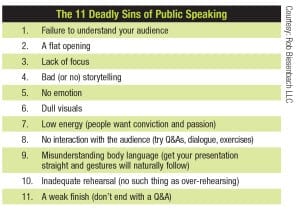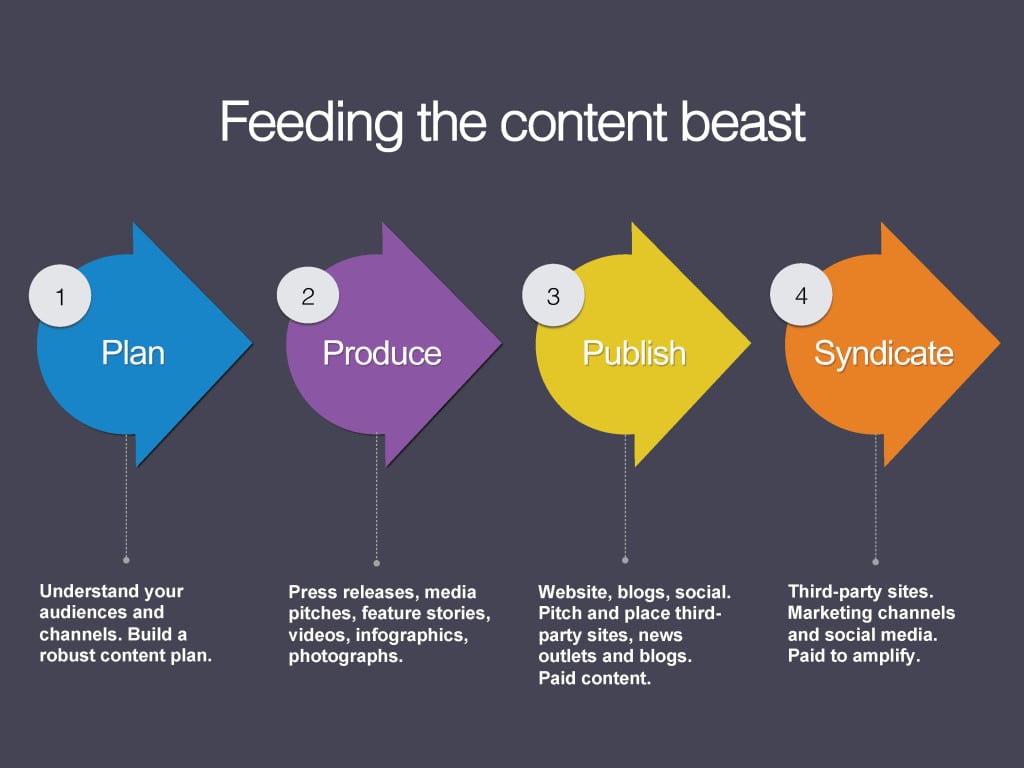
This is an era of high-velocity digital communications, and new innovations are changing the way we interact as individuals and as parts of organizations. It’s no wonder, then, that so much of the communications practice is dedicated to understanding, deploying and mastering digital communications tools. But it turns out that traditional principles still underscore the new technologies, and traditional approaches still have lot of value. This was one of the significant takeaways at the Pubic Relations Society of America’s annual conference last week in Washington, D.C. Much of the conversation was centered on social media and other digital platforms. But the overriding theme was traditional: what’s old is new. Work sessions focusing on traditional disciplines such as media relations, media training and managing brand reputation drew the biggest crowds among the nearly 1,800 PR professionals who attended the three-day event. Roughly 300 people checked out the session titled, “Media Pitching for 2015: New Secrets That Work Now and in the Future.”
FAST PITCH
The session explored how PR pros have an increasingly difficult time getting their pitches get acted on. There are far fewer reporters covering fewer beats. What’s more, “It’s harder than ever to cut through the clutter,” said Michael Smart, principal of MichaelSMARTPR, who hosted the session. “But once you do, it’s easier to sustain coverage.”
One solution? Home in on unorthodox media outlets that may fly under the radar, but cater to your audiences.
Smart referred to Kim Ward, senior communications manager at Michigan State University, who pitched both traditional media outlets and new media websites about a study the university conducted on black holes. Ward needed to expand her tent because of the dearth of science writers in the nation’s newsrooms.
Ward eventually pitched IFLScience.com— which has 18 million followers on Facebook —with the headline: “Black Holes Don’t Entirely Suck.” “I knew I had to send a pitch with a catchy, irreverent subject line and it worked,” Ward said.
A story about the study that ran on the site garnered nearly 10,000 shares on Facebook. It also got coverage on Discover Channel Online and ScienceDaily.com.
Another way to create newsworthy angles when you’re hunting for bites: Exploit pop culture, for which the media seem to have an insatiable appetite. For example, Matt McWilliams, director of communications and media relations at Farmville, Va.-based Longwood University, garnered media coverage based on an essay written by a professor of medieval history comparing the wildly popular HBO series “Game of Thrones” to historical events, with the story getting picked up by The Huffington Post and The Atlantic.
McWilliams also repurposed the content on a “ BuzzFeed -like microsite” that, in turn, got exposure on The Daily Beast and WSJ.com, McWilliams said.
ENHANCE YOUR VALUE
How to mitigate risk and protect brand reputation—which is also in the traditional wheelhouse of PR professionals—was another area that permeated the conference.
The emergence of digital media platforms, of course, has added a new wrinkle to reputation management.
But an honest mistake on a tweet may pale in comparison to making sure the new CEO doesn’t have any skeletons in the closet that could embarrass the company and damage the brand, or providing air cover for a product launch that can have a significant affect on the top and bottom lines.
During “The Game of Risk: What’s the Problem and How to Manage It,” attendees were presented with a list of action items for how to prevent their brands from getting caught in any crosshairs.
▶ Understand your brand position.
▶ Create a listening platform.
▶ Benchmark, for measurement purposes.
▶ Define your online role.
▶ Engage your brand ambassadors.
▶ Define success and failure before you reach out to stakeholders.
▶ Know your online networks.

As companies and organizations start accumulate more and more data via their digital communications, PR pros also need to pay an increasing amount of attention to ensuring that the data isn’t compromised.
Data breaches have become commonplace throughout corporate America, causing serious PR damage to major brands such as Target and JPMorgan.
“Sooner or later it will happen to you,” said Gregg Feistman, associate professor of public relations at Temple University, referring to data breaches. “Use PR risk assessment tools before it happens. This is becoming more urgent as the world gets smaller.”
CONTACT:
Gregg Feistman, [email protected]; Matt McWilliams, [email protected]; Michael Smart, [email protected], Kim Ward, [email protected].
This article originally appeared in the October 20, 2014 issue of PR News. Read more subscriber-only content by becoming a PR News subscriber today.
